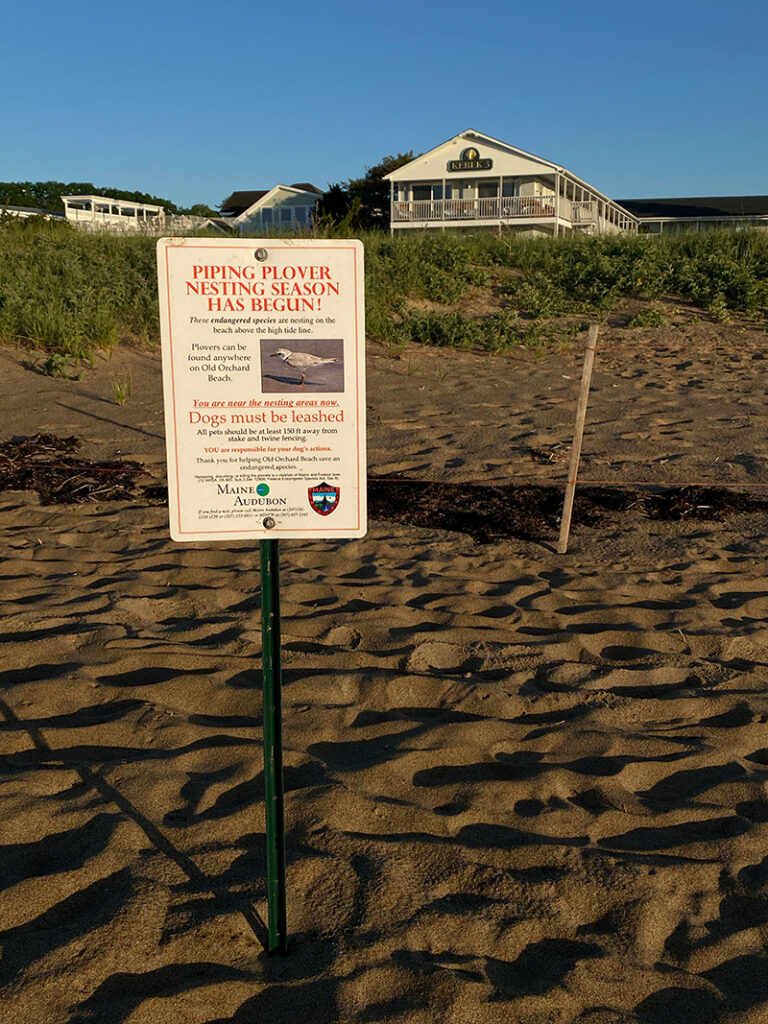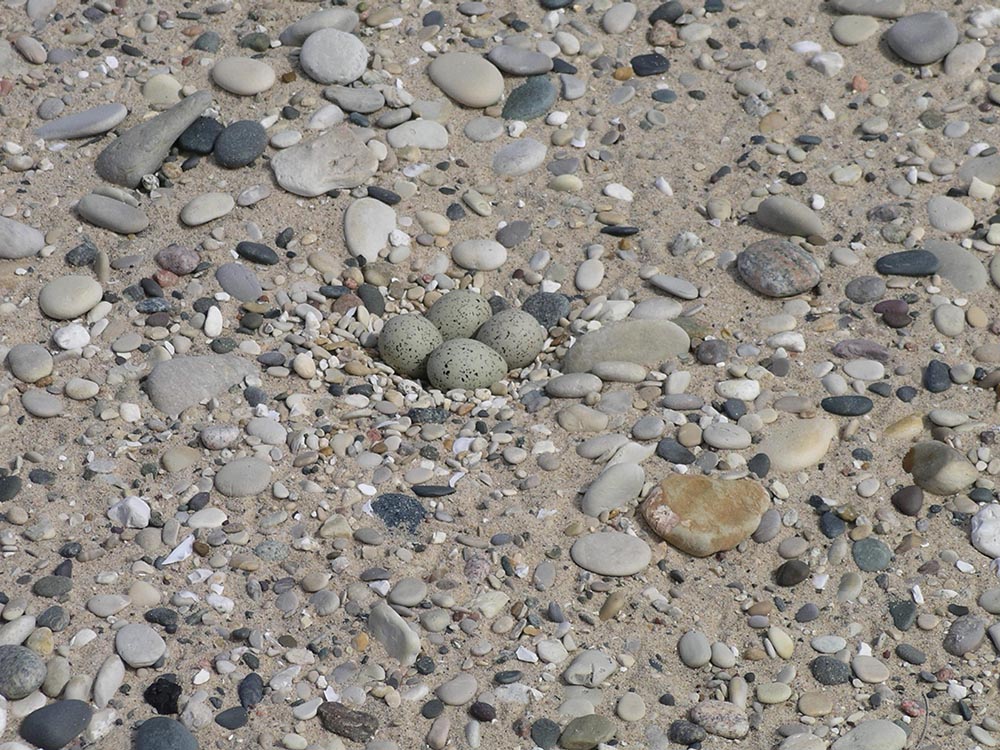Protect the Piping Plover
Remember when I said the more people learn about bird species and find birds interesting, the more willing they are to care about protecting them? Well, I’m hoping to help make that point with this post. I want to teach you a little bit about, quite possibly, the bird with the cutest chicks to ever walk our planet. Through photos I have taken this past week after spending time with these special birds and data and research from experts on this species, I want to share with you this conservation story and why it matters.
I present to you, the Piping Plover chick.

Newly hatched Piping Plover chick


Come on, who wouldn’t want to try and protect these little guys after seeing them, especially once you observe them in person?

Piping Plover chick feeding on worms
These little cotton balls on long legs are under a week-old and are always under the watch of their attentive parents.
The Piping Plover is a federally threatened species and in the state of Maine, they are actually classified as endangered.
Now, you might be wondering what caused these petite shorebirds to end up on the endangered and threatened lists. Surely large predators like seagulls, skunks, fox, or raccoons would be the reason for their decline.

Mother Piping plover chasing a seagull away from her new hatchlings that were feeding along the shoreline.
Well, like with many declining species, the blame falls on us. Human development and other human impacts have threatened the plover’s success during their breeding season. There are several ways that humans have negatively impacted the Piping plover species, but there are important steps we can take to ensure their recovery.
How To Help
- Report nest locations to the states Fish and Wildlife service so that experts can protect and monitor the site and allow the young to grow into healthy, strong individuals to carry on the breeding population in that state.
- Give wide distance to posted nesting areas on beaches. Staying away from nesting sites helps to lower the stress level of these vulnerable birds and helps the parents care for their young and protect them from predators other than humans.

- Keep your dog on a leash when visiting a beach where plovers are nesting.
- When visiting the beach, bring all trash and food with you when you leave. Leaving food and garbage from a day at the beach can attract predators such as raccoons and skunks that prey on Piping Plovers. Removing possible attractants helps to lessen the level of predation on these fragile birds.
- Watch where you step when enjoying the beach. Piping plover nests and eggs are very well camouflaged and part of their decline is due to accidental crushing of nests and eggs by humans, dogs, or vehicles on beaches.

Piping Plovers Recovery trends
Luckily, Piping plovers in Maine are seeing their strongest breeding numbers in 2020 than researchers have seen in years. According to the Portland Press Herald,
“Maine Audobon has spotted 100 pairs and 61 active nests in the state. Last year, the group found a record 89 nesting pairs and 175 fledged chicks. The number of endangered birds have been increasing in recent years.”
https://www.mainepublic.org/post/record-number-endangered-piping-plovers-nesting-maine-beaches
Perhaps this year’s high numbers are in part due to decreased human presence on public beaches in response to Covid19. Whatever the reason, researchers and experts are continuing to monitor and protect the breeding pairs as best they can in order to ensure a bright future for the species.

Piping Plover mother and chicks
I want to leave you with this educational 7+ minute video from Maine Fish and Wildlife and Maine Audubon about Piping plovers in the state of Maine. The video is from 2011, so some data and statistics aren’t up to date, however, the facts about Piping Plover behavior and protection efforts are still accurate.
To quote biologist Judy Camuso from the video,
“When we’re managing for plovers, we try to balance the needs of people and the birds at the same time… But we’ve really been very successful at producing young for piping plovers and being able to accommodate human needs as well. So, I think as long as people do their part, and we (Maine Fish and Wildlife) do our part, we’re going to have a successful piping plover program for many years to come.”
https://www.youtube.com/watch?v=4XfHLUgCQYc
So, if you are taking a little trip to a local beach in your state and there are nesting Piping Plovers, do you’re part to make sure the birds are safe and comfortable to allow for the young to grow up and contribute to the overall population!

Piping plover chick emerging from nest at sunrise